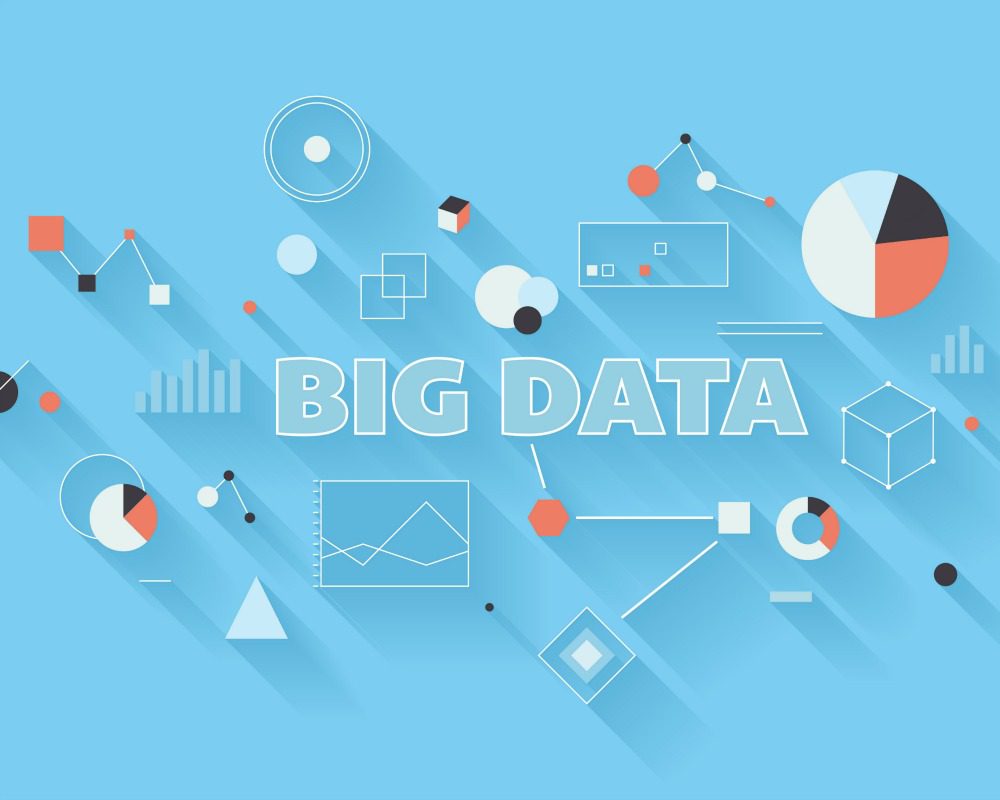Big data and analytics continue to generate a lot of excitement in the human capital field. It seems like a new conference is announced almost monthly on the topic. So, what does it all mean for learning and development? The short answer is not much — yet.
I haven’t seen any conference descriptions nor many articles where big data and analytics have been applied to learning. There are certainly applications of analytics to learning and development, but most have been around for a while.
Don’t get me wrong. I like data and analytics, and the new applications in HR are very exciting. But the buzz is primarily around using statistical tools like regression and correlation to discover relationships among measures — variables — outside of the learning field. Some of the most often cited analytical work determines factors that explain retention so organizations can take proactive steps to retain desirable employees. There is also work to better explain the factors behind employee engagement, although even this is often in service of increasing retention.
Let’s begin, though, with some definitions. Big data generally refers to the ability to capture more measures at an individual employee level than ever before and, once captured, store them in a data base easy to manipulate for analysis. Think of data on employee engagement scores, ratings, individual development plans, past and current assignments, projects, supervisors, referrals, past employment, participation in company clubs and activities, use of benefits, number of sick days, number of vacation days taken, etc. — all accessible by employee name.
The analytics part is the application of statistical techniques to tease out relationships between these measures which may have been expected or, in some cases, totally unexpected. You can see the potential of putting big data together with analytics. For example, you might discover that leading indicators for regrettable turnover are high use of sick days, lack of involvement in company activities or lack of opportunities to participate in projects. With this knowledge, you could identify those at risk and intervene early to keep them from leaving.
Learning leaders could use big data to show that application and impact are lower for employees with poor supervisors who don’t reinforce learning. We already know this. But can you imagine using big data to show the importance of identifying the right target audience?
While big data is not being used much in learning today, we have been using “little data” quite effectively for some time. We routinely measure number of participants, courses, hours, costs, completion dates, participant reaction and amount learned. We measure application rates but not nearly as often as we should. Typically we do not put by-name employee measures in a database, which also has information about the supervisor, employee engagement scores and other potentially interesting measures so we end up with “little data” instead of “big data.”
We’ve also been using analytics for some time. We’ve used the intended application rate as a leading indicator of actual application for years. We also use the other “smart” questions from the post event survey as leading indicators for application and impact. Patti and Jack Phillips have helped many organizations use regression analysis to isolate the impact of learning from other factors. This effort has matured lately with the advent of organizations like Vestrics which uses general equilibrium modeling — sets of regression equations estimated simultaneously — to isolate the impact of all factors with a high degree of statistical certainty.
So, analytics, including high-level analytics, does have a place in L&D. We have not made extensive use of analytics, but we have used leading indicators for years, and some are using regression to isolate the impact of learning. The lack of application to L&D currently reflects our relative maturity. We have a better understanding of the basic relationships among measures than our colleagues in talent acquisition or total rewards because we have been measuring longer, thus there is not as compelling a case to try to discover new relationships. That said, there are opportunities especially in terms of isolating the impact of learning and demonstrating to nonbelievers the power of strong sponsorship and reinforcement.
















